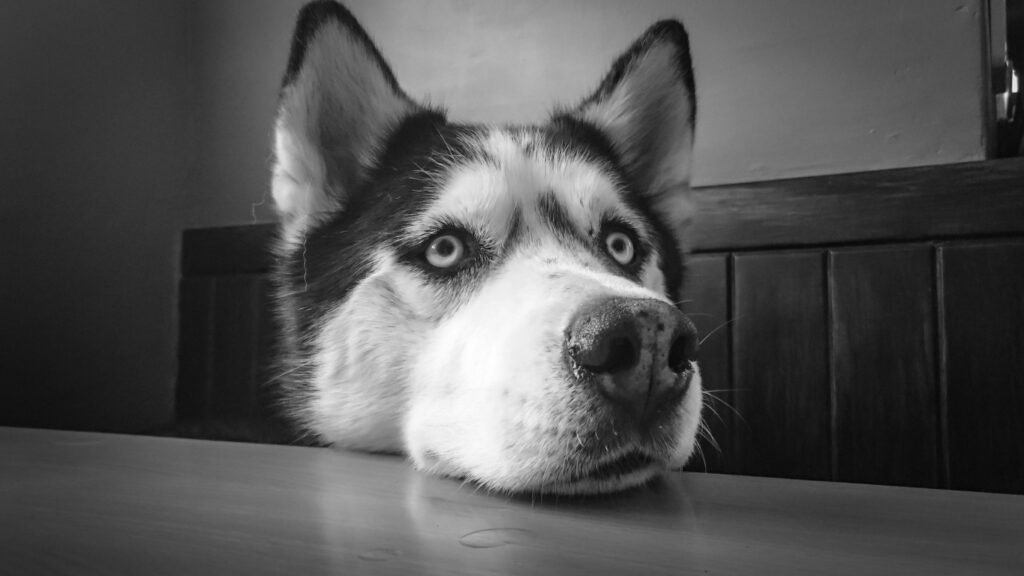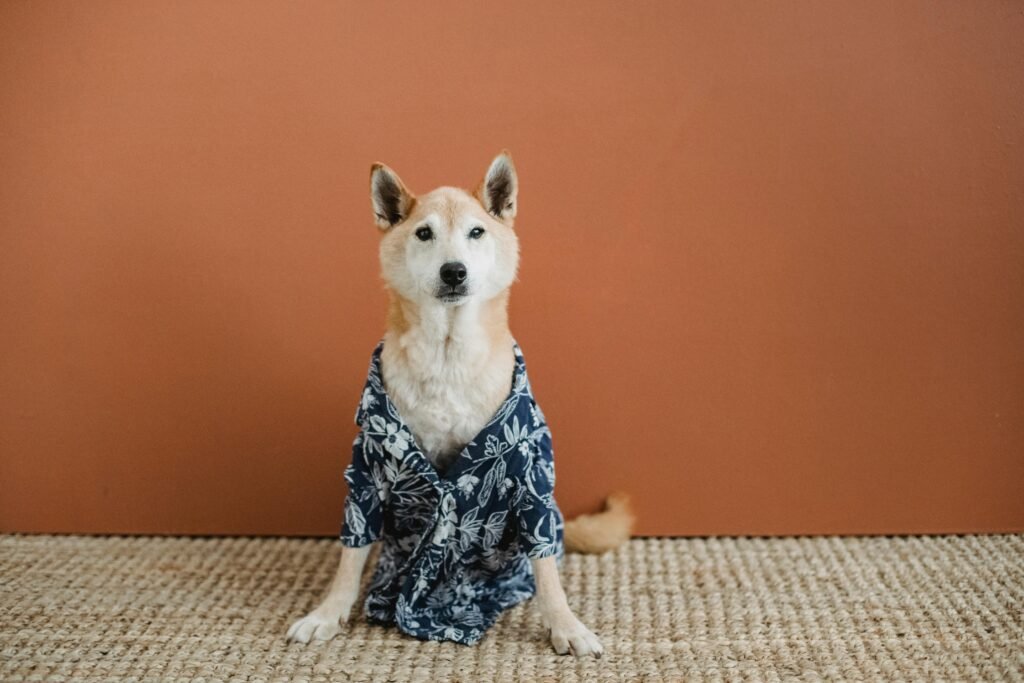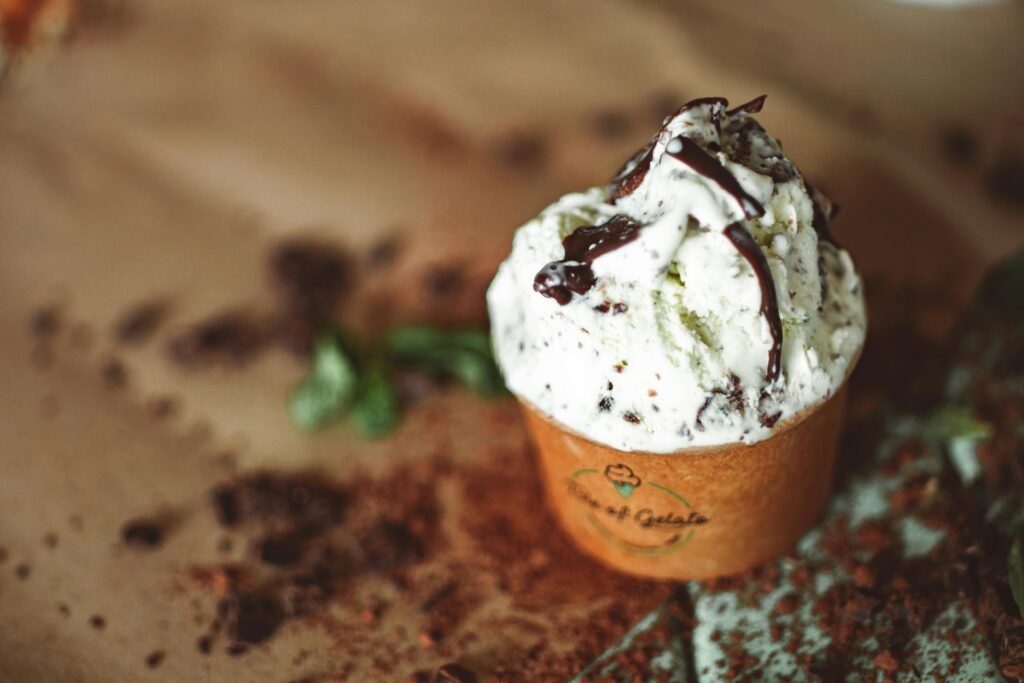Let’s be honest: when you picture a Siberian Husky, you probably imagine a fluffy, blue-eyed dog sprinting through snowdrifts or howling like a wolf at the moon. And while that’s partially true, there’s so much more to this breed than their stunning looks and dramatic vocals. Whether you’re considering adopting a husky puppy or just curious about these Arctic athletes, let’s dive into what makes the Siberian Husky dog breed so unique.
Table of Contents
Siberian Husky History: From Siberia to Your Living Room
The husky in Siberia isn’t just a pretty face—it’s a historical icon. These dogs originated over 3,000 years ago with the Chukchi people of Northeast Asia, who bred them as resilient sled dogs and loyal companions. The Chukchi relied on Siberian Huskies to survive the brutal Arctic climate, valuing their endurance and ability to work in teams.
But how did they become a global sensation? Enter the Alaskan gold rush of the early 1900s. Russian fur traders like William Goosak introduced the breed to Alaska, where their sled-pulling prowess quickly made them stars. The breed’s legend skyrocketed in 1925 during the Nome serum run, where teams of Huskies braved blizzards to deliver life-saving diphtheria medicine across 674 miles. Talk about heroism!
Siberian Husky Size and Looks: Built for the Cold
Husky Weight and Height
Let’s break down the Siberian Husky size. These dogs are medium-sized but packed with muscle:
- Males: 45–60 lbs (20–27 kg), standing 21–23 inches tall
- Females: 35–50 lbs (16–23 kg), 20–22 inches tall
Their compact build helps them conserve heat, while their iconic thick double coat—a soft undercoat topped with a water-resistant outer layer—comes in colors like black, gray, red, and even striking brown Siberian Husky shades. And those eyes! Siberian Huskies are famous for their almond-shaped peepers, which can be blue, brown, or one of each (a trait called “bi-eyed”).
Short-Haired Husky? Not Exactly
While some claim to have a short-haired husky dog, this isn’t a standard variety. Purebred Huskies always have a double coat, though its density can vary. If you see a short-coated Husky, it might be a mix or a different breed altogether, like the Alaskan Husky (a sleeker, non-purebred working dog).
Siberian Husky Temperament: The Ultimate Social Butterflies
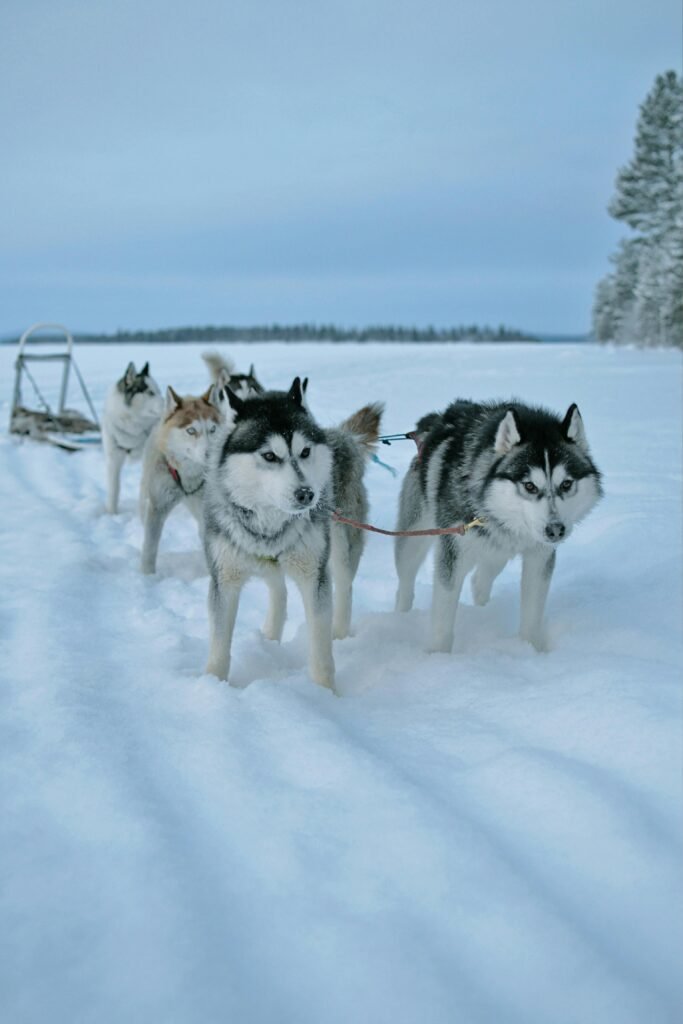
Husky Personality: Friendly, Not Fierce
Forget guard dog duty—Siberian Huskies are more likely to greet intruders with a wagging tail than a growl. Their husky temperament leans toward playful, outgoing, and extremely social. They adore people, kids, and even other dogs, but their high prey drive means they might chase cats or squirrels.
Stubborn Streak Alert!
Huskies are smart but famously independent. Training requires patience, consistency, and plenty of treats. They’re escape artists too—a fenced yard is a must unless you want your husky dog halfway to the next state.
Husky Dog Characteristics: Energy, Energy, Energy!
Exercise Needs: Not for Couch Potatoes
Bred to run 100+ miles a day pulling sleds, Siberian Huskies need at least 40–60 minutes of vigorous exercise daily. Think hiking, jogging, or agility training. Without it, they’ll channel their energy into less desirable hobbies (like redecorating your living room with shredded couch cushions).
Grooming: Embrace the Fluff
That gorgeous coat sheds—a lot. Weekly brushing is essential, but during “coat-blowing” season (spring and fall), daily sessions are a must. Invest in a good vacuum and a sense of humor!
Husky Health and Lifespan: Keeping Your Pup Thriving
Husky Life Expectancy: How Many Years Does a Husky Live?
With proper care, Siberian Huskies live 12–14 years on average. They’re generally healthy, but like all breeds, they’re prone to certain conditions:
Common Health Concerns in Dogs
| Health Concern | Description | Prevention/Treatment |
|---|---|---|
| Hip Dysplasia | Genetic joint issue causing arthritis | Weight management, vet checks |
| Von Willebrand’s Disease | Blood clotting disorder | DNA testing, avoid injury risks |
| Eye Problems | Cataracts, corneal dystrophy | Regular ophthalmologist visits |
Diet and Nutrition
Feed your husky dog high-quality food tailored to their age and activity level. Avoid overfeeding—Huskies are prone to obesity if under-exercised.
Siberian Husky Puppies: Cute but Challenging
Siberian Husky puppies are irresistible balls of fluff, but they’re a handful. Early socialization and obedience training are critical. Puppy-proof your home, and start crate training early to curb their chewing phase.
Pro Tip: Adopt from reputable breeders who screen for genetic issues. Expect to pay 600–600–1,300+ for a purebred husky puppy.
Husky vs. Similar Breeds: What Sets Them Apart?
Confused about types of Siberian Husky dogs or how they compare to other breeds? Let’s clarify:
Husky Breed Comparison
| Trait | Siberian Husky | Alaskan Malamute | American Husky (Mix) |
|---|---|---|---|
| Size | Medium (35–60 lbs) | Large (75–100+ lbs) | Varies (often smaller) |
| Energy Level | Extremely high | High but less endurance | Moderate |
| Temperament | Social, playful, independent | Loyal, dominant, less social | Depends on mix |
| Grooming | Heavy shedding | Very heavy shedding | Moderate |
The American Husky dog breed isn’t officially recognized—it’s usually a mix of Siberian Husky and other breeds like the German Shepherd or Labrador.
Final Thoughts: Is a Husky Right for You?
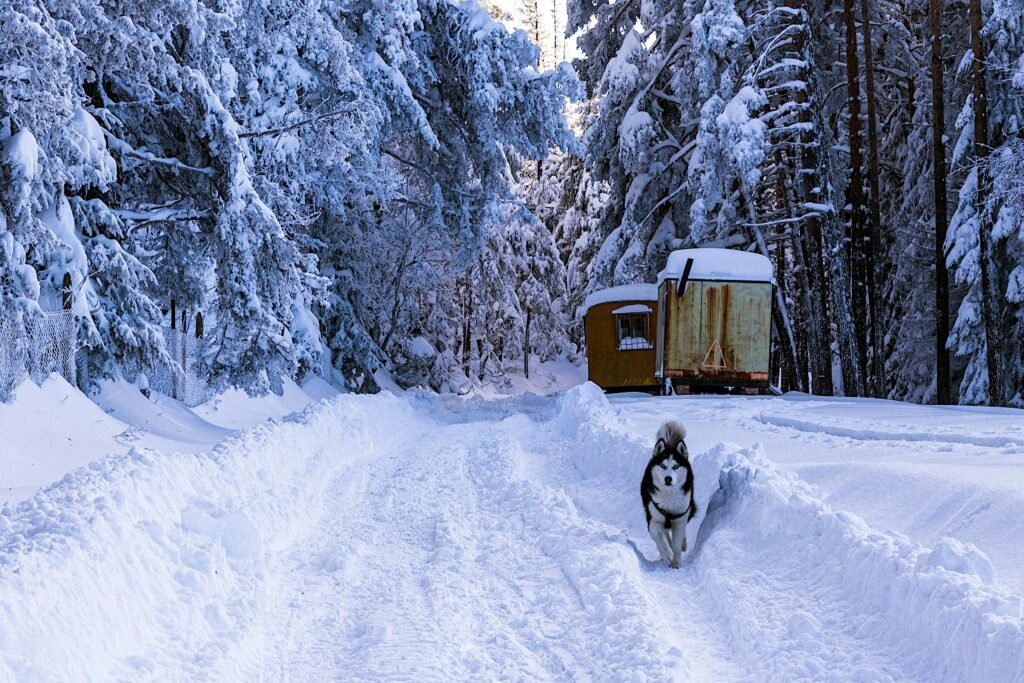
Siberian Huskies are incredible companions for active families who can match their energy and embrace their quirks. They’re not ideal for first-time dog owners or apartment dwellers, but if you’re up for adventures (and endless vacuuming), a Husky might just be your perfect match.
Whether you’re captivated by their husky dogs cute antics or their rich history as Arctic survivors, one thing’s clear: this breed leaves a lasting impression. Just remember—those soulful eyes and mischievous grin come with a lifetime of love, laughter, and the occasional chewed-up shoe.
FAQ
1. How long do Siberian Huskies live?
The average husky lifespan is 12–14 years with proper care. Factors like diet, exercise, and regular vet check-ups play a big role in their longevity. Genetic conditions like hip dysplasia can affect their health, so choose a reputable breeder who screens for these issues.
2. Are Siberian Huskies good apartment dogs?
While Siberian Huskies can adapt to apartment living, they thrive best in homes with space to run. They need daily vigorous exercise (40–60+ minutes) and mental stimulation. Without it, their high energy and husky temperament might lead to destructive behavior. Bonus tip: Train them early to curb excessive howling (your neighbors will thank you).
3. Do Siberian Huskies shed a lot?
Yes! Their double coat sheds year-round and “blows out” twice a year during seasonal changes. Weekly brushing is essential, and daily sessions during shedding season help manage the fluff. A short-haired husky dog isn’t a purebred Siberian—those always have a thick double coat.
4. Can Siberian Huskies live in warm climates?
They’re built for cold weather, but with precautions, they can adapt. Provide shade, plenty of water, and avoid midday walks in the heat. Their Siberian Husky size and coat help regulate temperature, but they’re still prone to overheating.
5. Are Huskies good for first-time dog owners?
Siberian Huskies are challenging for beginners due to their stubbornness, high energy, and escape-artist tendencies. They require consistent training, patience, and an active lifestyle. If you’re new to dogs, consider a breed with a more laid-back husky personality cousin, like a Labrador Retriever.

